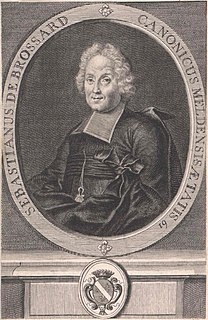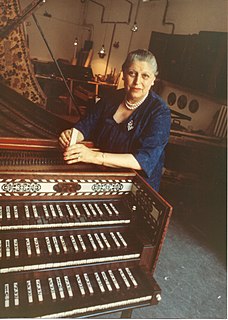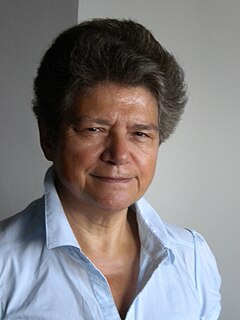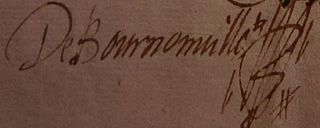Related Research Articles

Nicolas Jarry was a noted 17th-century French calligrapher, whose works included his renditions of the poems of the Guirlande de Julie by Charles de Sainte-Maure, duc de Montausier.

Sébastien de Brossard, pronounced [se.bɑs.tjẽ də brɔ.saːr], was a French music theorist, composer and collector.
The chapelle royale was the musical establishment attached to the royal chapel of the French kings. The term may also be applied to the chapel buildings, the Chapelle royale de Versailles.
Henry Madin was a French composer at the Chapelle royale.
François Cosset was a French composer. His works include 8 masses, 4 of them composed at Reims in 1659.

Geneviève, comtesse Hubert de Chambure Thibault was a French musicologist associated with the revival of interest in early music. She graduated from the Sorbonne in 1920 with a thesis on John Dowland, and then continued the work with André Pirro on her doctoral thesis on the fifteenth-century chanson, which she never completed. In 1925 co-founded the Société de musique d'autrefois, designed to promote the publication de musical texts and a magazine les Annales musicologiques. After her marriage in 1931 she stopped musical and scholarly activities, gave birth to six children, and alternated her life between Vietnam and France. After the death of her husband Hubert Pelletier de Chambure (1903-1953), she returned permanently to Paris, where in June 1953 she resumed her scholarly activities and organization of concerts. From 1961 to 1973, she was curator of the historical instrumentals of the Conservatoire de Paris - in addition to having amassed her own private collection. She was an important muse and teacher to the first generation of baroque specialists, including young Americans in Paris - William Christie (harpsichordist) and soprano Judith Nelson.
Henri Frémart was a French priest and composer. He was at Notre Dame de Paris from 1625 until 1640.
Denise Launay was a 20th-century French organist and musicologist.

Danièle Pistone is a French musicologist, emeritus professor at the University Paris Sorbonne 4.
Catherine Massip is a French curator of libraries and musicologist.
Gabriel II Bataille was the master of music of French Queen Anne of Austria (1601–1666) from 1630 to 1666.

François Lesure was a French librarian and musicologist.
Jacques Thomelin, also named Jacques-Denis or Alexandre-Jacques-Denis, was a 17th-century French composer and organist.
Marie Bobillier, real name Antoinette Christine Marie Bobillier was a French musicologist, music critic, writing under her pseudonym Michel Brenet.
Valentin de Bournonville was a French Baroque composer and music master active in the middle of the 17th century.
Innocent Boutry was a French chapel master, active in several towns between 1657 and 1680 and notably in Le Mans.
Jean Cathala was a French singer, composer and cornettist, active in the years.

Jean de Bournonville was a French composer active in the first third of the 17th century, born in Noyon around 1585 and died in Paris on 27 May 1632. He should not be confused with his son Valentin de Bournonville, who published masses in the middle of the 17th century.
Antoine de Cousu [Du Cousu] was a French cleric, Kapellmeister, composer and theorist, active in Picardy in the first half of the 17th century.
Annibal Gantez was a French composer and singer from the Baroque era. He is undoubtedly one of the most striking examples of a "vicarious" chapel master, that is, moving from post to post to earn a living, as many of his 17th century colleagues did. His route can be traced from two types of sources: letters from L’Entretien des musiciens, which he published in 1643, and various archival documents.
References
- ↑ Marcelle Benoit, Dictionnaire de la musique en France aux XVIIe et XVIIIe siècles Fayard, 1992, ISBN 2-213-02824-9